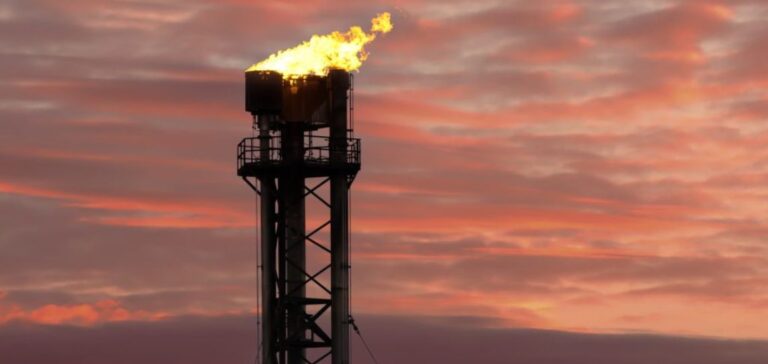Kayrros, an environmental engineering company based in Paris, uses satellites combined with artificial intelligence to precisely identify methane leaks. These leaks, which are odorless and invisible to the naked eye, appear in color on satellite images after processing, enabling clear visualization of emissions along infrastructures such as pipelines.
Overall impact and methodology
Since 2019, Kayrros has identified around 10,000 methane leak events worldwide, from the USA to India, including in regions such as Turkmenistan and Algeria. These leaks are often linked to pressure problems in the pipelines, necessitating the opening of valves to prevent explosions.
Technologies and challenges
The company uses data from nine satellites operated by agencies such as ESA and NASA. These satellites provide images at various frequencies and resolutions, enriching the Kayrros database. However, processing this mass of data represents a significant challenge, which has been met thanks to artificial intelligence and deep learning techniques.
Innovations in artificial intelligence
Deep learning enables Kayrros to develop models capable of automatically detecting methane leaks. These models are trained on billions of data sets, including simulated data, to learn how to recognize different types of methane plume. These efforts are complemented by the use of generative AI to query hydrocarbon infrastructure databases and produce relevant analyses.
Contributions and international recognition
Kayrros provides crucial information to international organizations such as the UN, the European Commission, and countries like France, the USA and Saudi Arabia. These data also help fund managers to assess the climate risks associated with their investments. The International Energy Agency (IEA) is also promoting these efforts, notably with the launch of the MethaneSAT satellite by Google, reinforcing global monitoring of methane emissions.
Kayrros’ innovative approach to satellite-based environmental monitoring plays a crucial role in understanding and managing methane emissions, offering new perspectives in the fight against climate change.






















